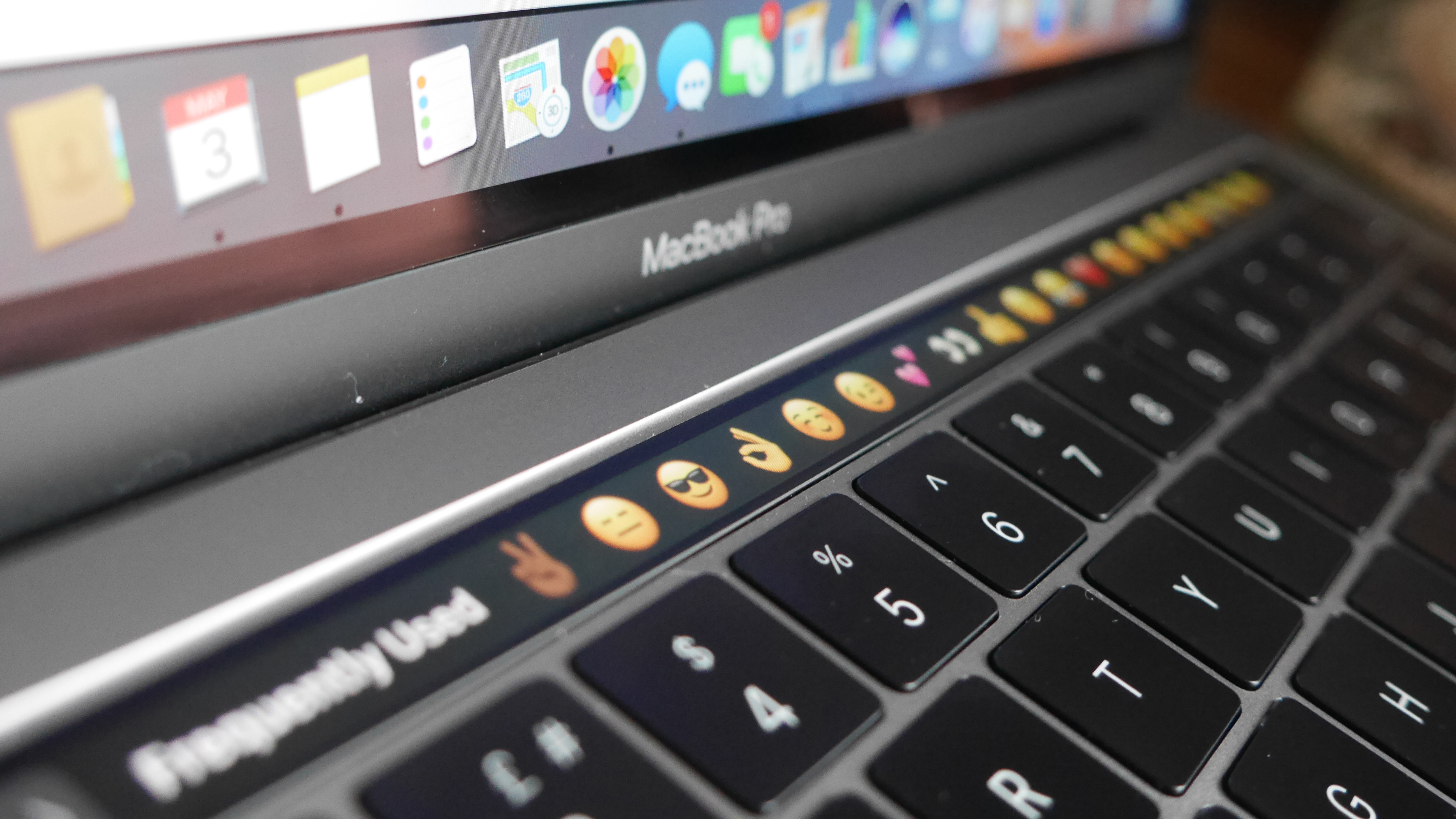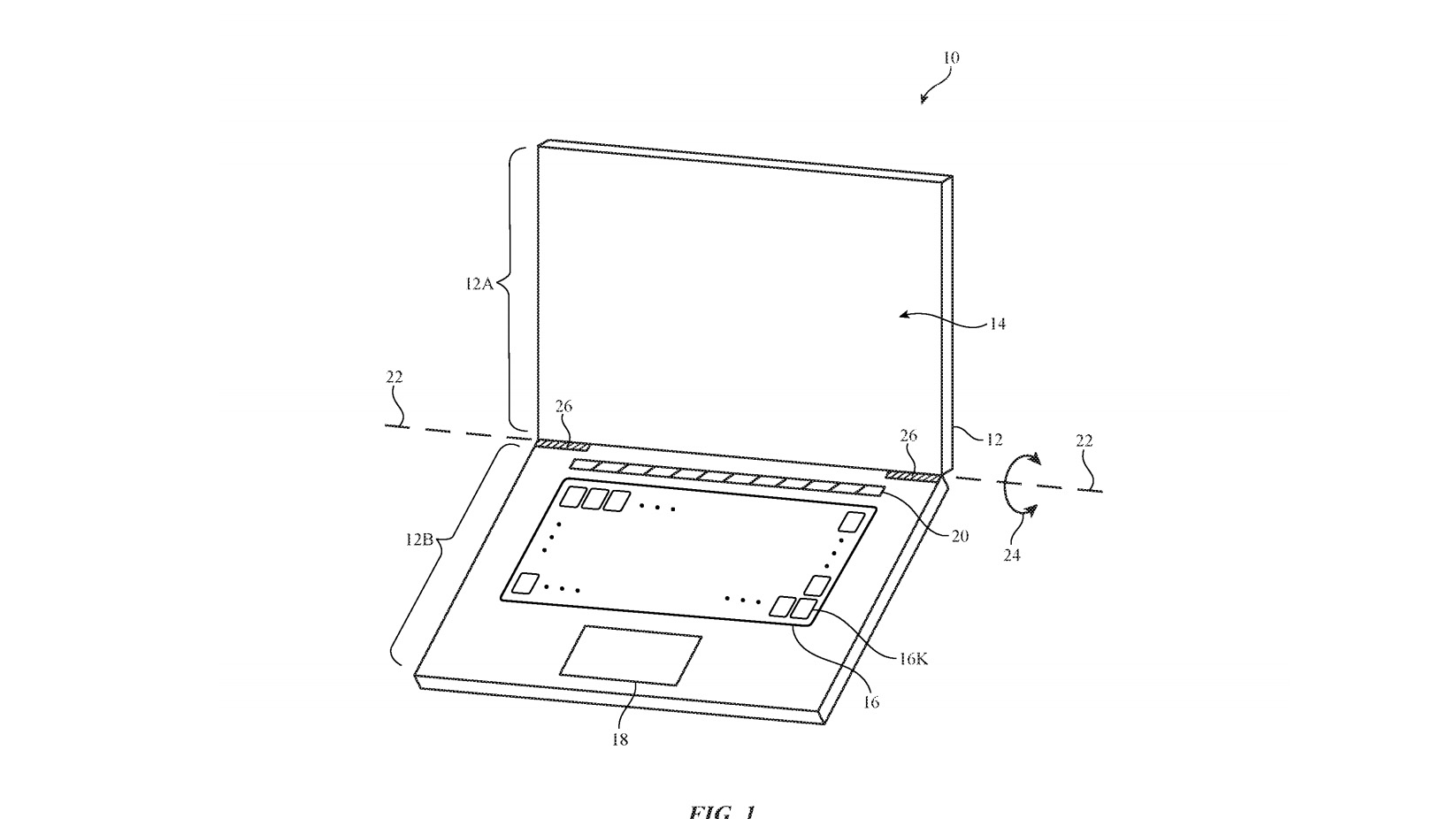New Apple patent could let you change every letter on your keyboard
Customizable keys could come to future MacBooks

Apple has upgraded the keyboards on its MacBooks in recent years with additions like the Touch Bar, which you can programme yourself, as well as Touch ID, Apple’s fingerprint sensor. But it’s a challenge to make more drastic changes to keyboards given that numbers, letters and symbols are printed onto them.
However, according to recent patent documents obtained by Patently Apple, the tech giant might be on the cusp of shaking up future keyboards with its "reconfigurable keyboard" design.
The patent explains that each key could have a different "associated key display" and on the display are what's called “dynamic labels”, which can be programmed by the user.

- What is the best iPhone?
- Best Macbook Pro accessories: what to get alongside your computer
What could it be used for?
There are plenty of applications for these customizable displays, including changing the keyboard to write in different languages (like switching English letters for Greek letter), moving keys around to address accessibility issues, lighting up certain keys when they’re been pressed in tandem, turning your regular keyboard into a gaming keyboard and much more.
Other companies have attempted to create customizable keys before and Apple has also filed similar patents in the past, but this one is significant because it’s been filed for a mechanical keyboard, like the one you’ll find on Apple’s current line-up of MacBooks, and could make a big difference to how you use your device in future.
As with all patents filed by big tech companies, this doesn’t mean Apple will implement the new keyboard design into future MacBook models – it might not even be developing the idea beyond the patent. But it’s still interesting to see where the team at Apple thinks the future of computing might be heading. Devices that are highly customizable and don’t assume a one-size-fits-all approach sound like a great idea to us.
- Best MacBook and Macs: top Apple desktops and laptops
Get daily insight, inspiration and deals in your inbox
Sign up for breaking news, reviews, opinion, top tech deals, and more.
Becca is a contributor to TechRadar, a freelance journalist and author. She’s been writing about consumer tech and popular science for more than ten years, covering all kinds of topics, including why robots have eyes and whether we’ll experience the overview effect one day. She’s particularly interested in VR/AR, wearables, digital health, space tech and chatting to experts and academics about the future. She’s contributed to TechRadar, T3, Wired, New Scientist, The Guardian, Inverse and many more. Her first book, Screen Time, came out in January 2021 with Bonnier Books. She loves science-fiction, brutalist architecture, and spending too much time floating through space in virtual reality.
